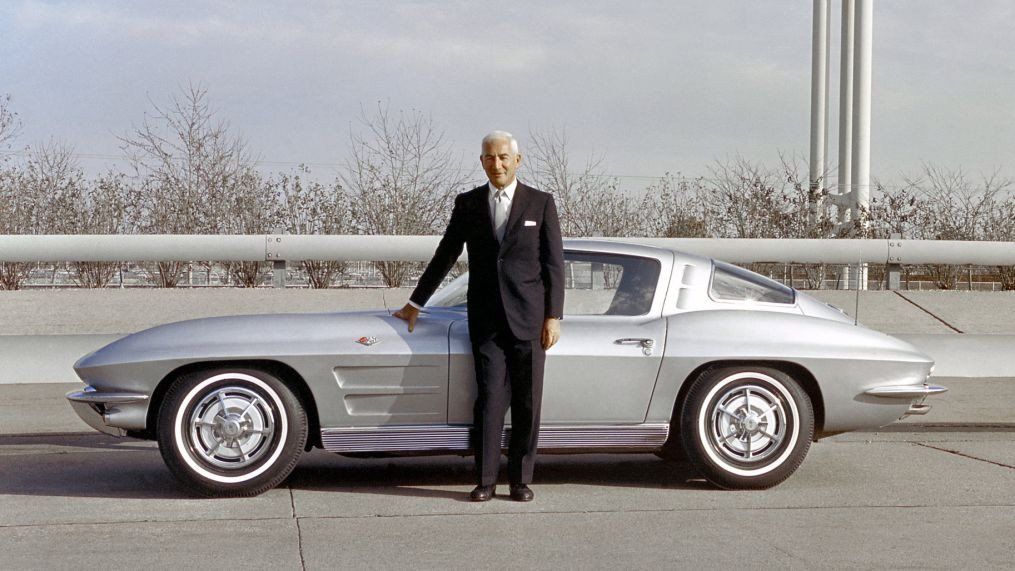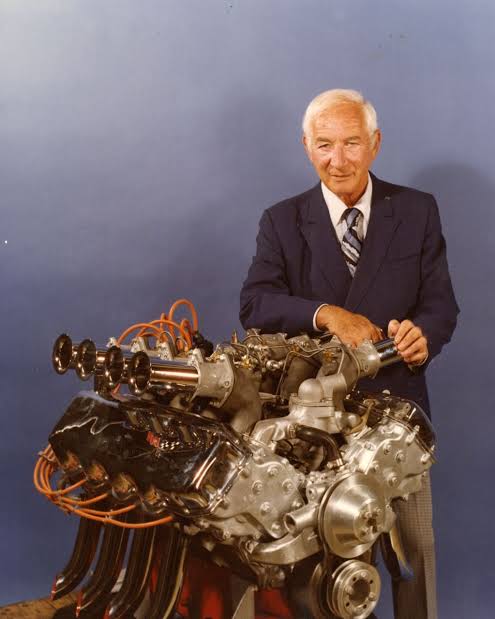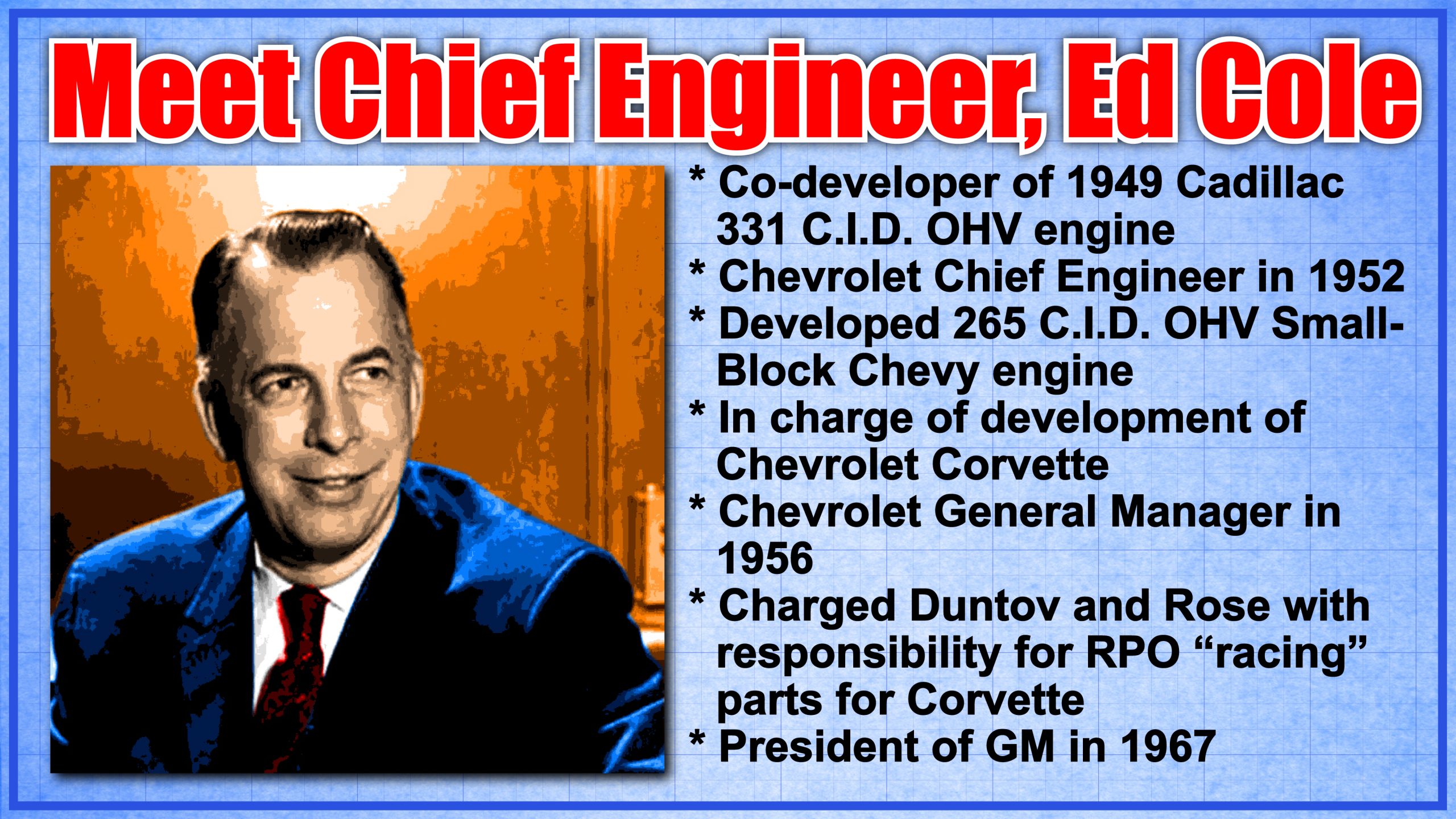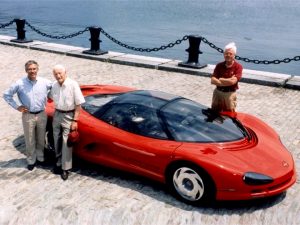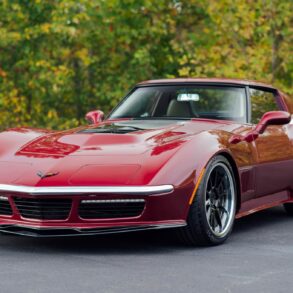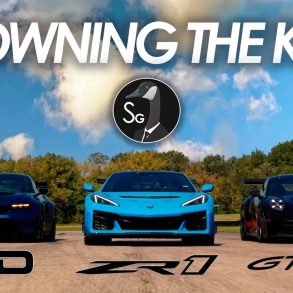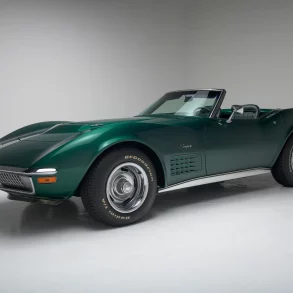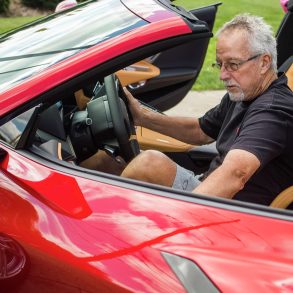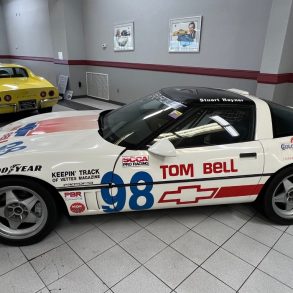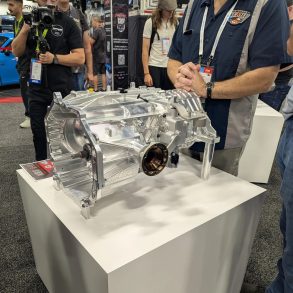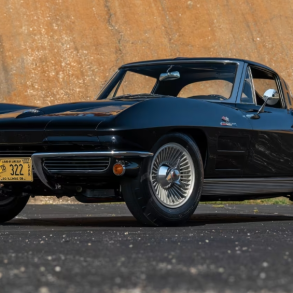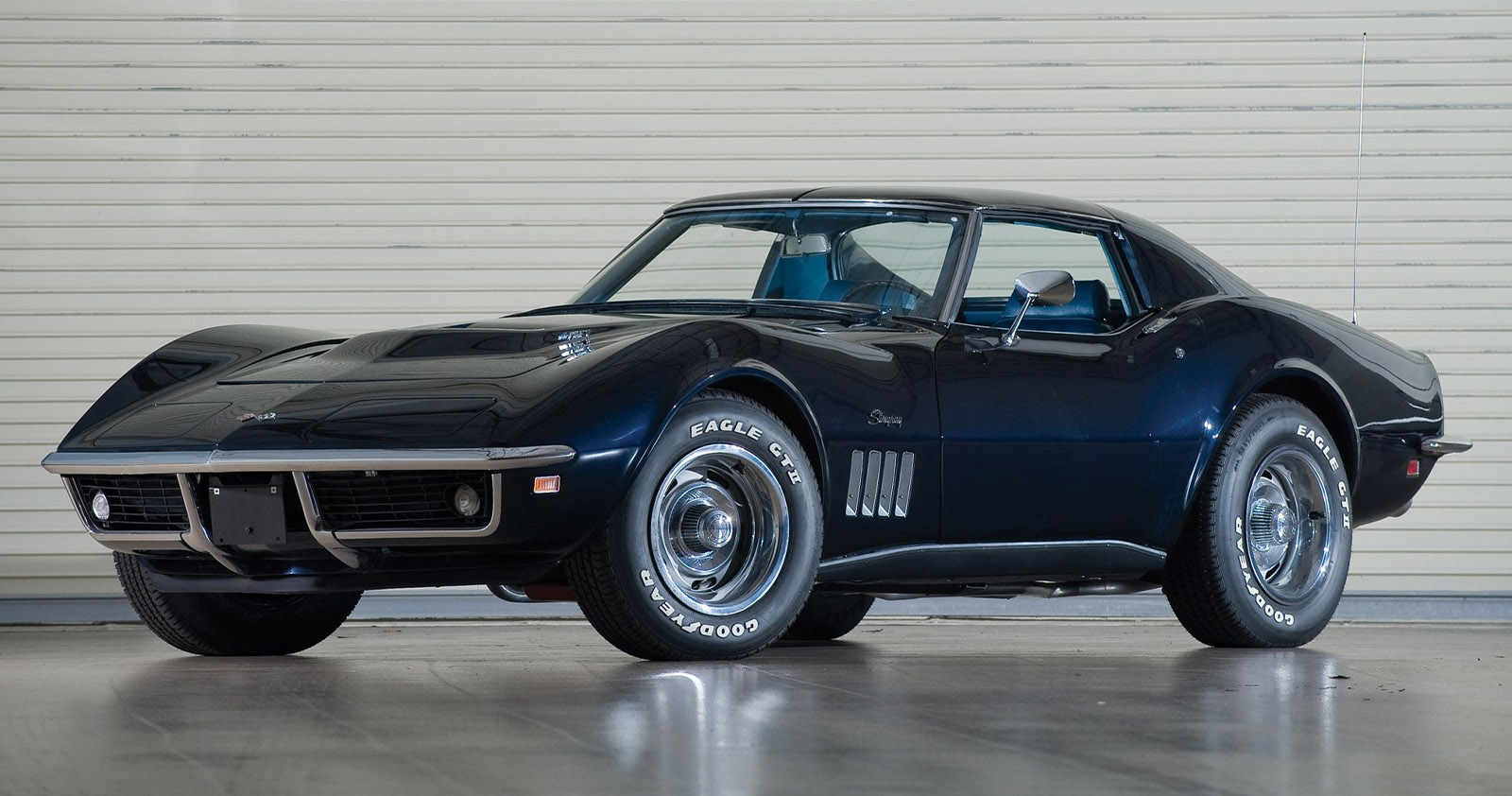For many of us enthusiasts, having America’s Sports Car in your driveway was a symbol that you had arrived. I think we can all remember our first connection with a Corvette–mine was when a childhood friend’s father brought home a 1978 Pace Car. It took until the age of 31 to land my own, and 19 Corvettes later, the rest is history, as they say. But it wasn’t always unicorns and rainbows, as the Corvette hit some rough waters throughout its 72-year life.
How many American icons have survived this long? Today, CorvSport takes a “Database Deep Dive” and digs through our vast archives to find five individuals who helped build and shape the Corvette we know today. You may recall it was the “Father of the Corvette” himself, Zora Arkus-Duntov, who is credited with first dreaming of a mid-engine Corvette design.
What’s your aha moment, when you realized you had a psychological connection with the Corvette that went well beyond owning a cool car? There was one period, after I tried to be “more mature” and traded my ’99 FRC in on a shiny new IS300, that I didn’t feel complete without a ‘Vette in my life–I literally dreamed about rowing gears through a new LS1. That entry-level Lexus lasted only 7 months!
Now, let’s do that dive into our deep database and highlight the five people who helped build and shape our beloved Corvette. The majority of our 5,300 features are free, but these five profiles are part of our member-only content, from our renowned contributors like Josh Boyd and Karl Ludvigsen. We hope you like what you read and will support passionate Corvette-Obsessed journalism for just $2.92 per month. Following these top five profiles, we have some FREE bonus content from our archives that we think you’ll enjoy.
Enjoy an ad-free experience, get exclusive content, and support CorvSport for only $2.92/month!
Five People Who Helped Build And Shape The Iconic Corvette Brand
#1: Profiling Greatness: Zora Arkus-Duntov
(Published by CorvSport’s Josh Boyd)
Though it is certainly difficult to imagine today, some 65 years ago, the Corvette was well on its way to being discontinued after only two years of production. Upon its release, the Corvette rode an initial wave of popularity that died as quickly as it began. By 1954, critics were relatively unamused with the American sports car’s not so sporty performance. At the heart of the Corvette was the “Blue Flame,” an anemic inline-six powerplant that did well to muster 150 horsepower.
The public’s relative disinterest came as little surprise to then assistant staff engineer, Zora Arkus-Duntov. After all, Duntov had pointed out the Corvette’s less than impressive performance attributes a year earlier, in the very letter to Chevrolet Chief Engineer, Ed Cole, that left a sizable enough impression to warrant his immediate hiring. It should likely have come as no surprise then that Duntov would go on to pen a second memo only two years later, titled “Thoughts Pertaining to Youth, Hot Rodders, and Chevrolet.”
In this memo, Duntov outlined his ideology that the Corvette must exude performance appeal, in order to find favor with consumers of a younger age demographic. Top Chevrolet brass took note, and the Corvette became the benefactor of an optional 195 horsepower 265 cubic-inch, small-block V8. This addition has more often than not, been cited as the Corvette’s saving grace… Continue Reading By Supporting CorvSport For $2.92/Month
#2: Harley Earl
The Corvette Story — Styling by Earl, McLean and Renner
(Published by CorvSport Contributor Karl Ludvigsen)
It took Harley Earl to envision the idea of a GM-built sports car, Bob McLean to create a European-style package for it and Carl Renner to fashion the sleek and appealing lines that created the Corvette’s unique character.
He was a big man, six-feet-four and slope-shouldered, slow, deliberate and imprecise in elocution but lightning-fast in intuition. Rough-voiced and prone to malapropisms—“cloisterphobia” was a typical Earlism—Harley Earl took no prisoners.
He was a real war horse,” said race engineer Smokey Yunick, who saw Earl in action at Daytona Beach. “He was big, rough, tough and talented.” “Harley Earl was a tough guy,” seconded designer Chuck Jordan. “He could fire someone if he didn’t like them or if the guy didn’t do what he said. He was a real dictator. Even Bill Mitchell had a little fear of Harley Earl.” Mitchell summed up his boss’s design philosophy: “Earl had a great saying, ‘If you go by a schoolyard and the kids don’t whistle, back to the drawing board.’”
Although Earl headed GM’s Styling Staff for three decades until his retirement in December 1958, he manifestly did not personally design the thousands of auto models for which he was responsible. But some were pet projects, cars that embodied Harley Earl’s own ideas and enthusiasms. Among these were the first post-war “dream cars”, two of the greatest ever… Continue Reading By Supporting CorvSport For $2.92/Month
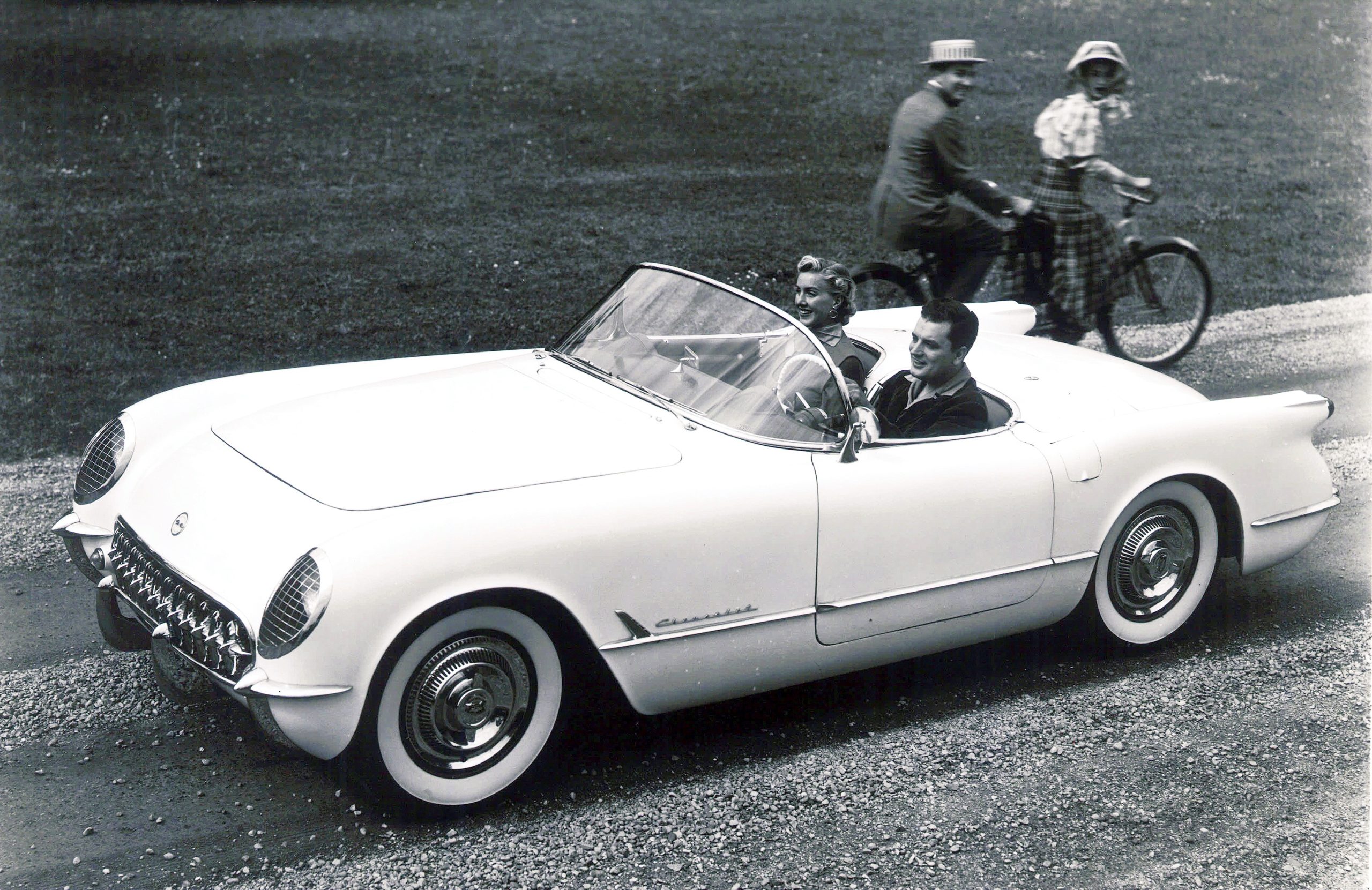
#3: Profiling Greatness: Bill Mitchell
(Published by CorvSport’s Josh Boyd)
One need not look far to see the influences of Bill Mitchell on any number of Corvettes throughout the decades. As a matter of fact, the same could be said for various other lines of GM vehicles as well. In total, Mitchell spent 42 years as an employee within GM’s design and development department, serving as the company’s Vice President of Design for the final 19 years of his tenure.
Mitchell’s views on automotive design served as the catalyst behind a number of the Corvette’s most iconic features throughout the year, such as the split rear window design of the 1963 Sting Ray. However, to fully grasp the depth of Mitchell’s accomplishments, and the vast influence that his efforts had on subsequent generations of Corvette design, one must delve far deeper into the past.
It Began With A Dream
Bill Mitchell was born on July 2, 1912, in Cleveland, Ohio. Mitchell, the son of a Buick dealer, took an early interest in automobiles and spent countless hours sketching vehicles during his formative years. With an eye for art and a passion for all things automotive, Mitchell set out to pursue a career in automotive marketing and design. He attended the Carnegie Institute of Technology in Pittsburgh, Pennsylvania, later finishing his education at the Art Students’ League in New York.
Upon completing his formal education, Mitchell took a job with Barron Collier Advertising, where much of his duties involved preparing automotive marketing illustrations. During this era, Mitchell also became the official illustrator of the Automobile Racing Club of America. The sketches that he created for this club eventually caught the eye of GM Head of Design, Harley Earl.
Outwardly impressed by the young illustrator’s sketches, Earl recruited Mitchell for a spot within GM’s newly formed Art & Colour Section in 1935. This would prove to be a decision that was of immense value to both Mitchell and GM… Continue Reading By Supporting CorvSport For $2.92/Month
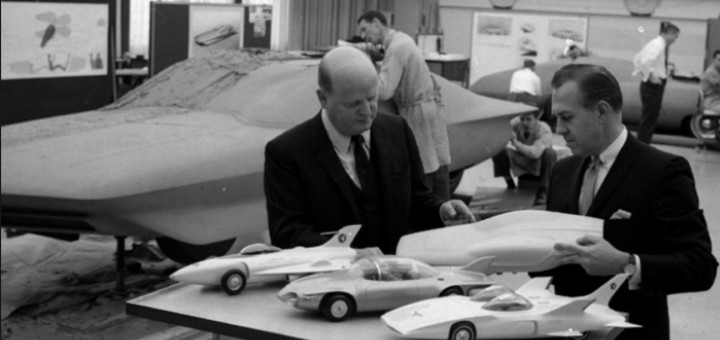
#4: Ed Cole’s Corvette A-Team
Corvette corporate angel, Ed Cole pulled it together
(Published by CorvSport’s Scott Teeters)
Ed Cole was the son of a Michigan dairy farmer and grew up in the nineteen-teens and nineteen-twenties. Growing up on a farm you learn a lot about machines and by the time Cole was a teenager, he was a field representative for a tractor manufacturer. After completing his engineering education at General Motors Institute, Cole went to work at Cadillac. Post WW-II, Cole co-headed, with engineer Harry Barr, the successful 1949 Cadillac 331 OHV engine.
Cole’s personal credo was, “Kick the hell out of the establishment!” He loved fast cars and his nick-name was “Fast Eddie Cole”. Within a behemoth company such as GM, projects that went through the usual channels could take years. Mauri Rose explained years later that Cole wanted to build it, then draw it. He was the man Harley Earl needed to engineer his sports car.
Unusual projects in big companies often need help from “corporate angels”, people with the passion and authority to marshal resources to shepherd through corporate red tape. From the beginning of the Corvette story to his retirement in 1974, Ed Cole was Corvette’s “corporate angel”. By 1952 Cole was promoted to Chevrolet Chief Engineer. While the designers were working out Earl’s vision, Cole started looking for his core team… Continue Reading By Supporting CorvSport For $2.92/Month
Ed Cole – Chevrolet’s New Chief Engineer
#5: Profiling Greatness: Dave McLellan
Looking at a Remarkable Career & Contribution to the Corvette Dynasty
(Published by CorvSport’s Josh Boyd)
Upon stepping into the role of Corvette Chief Engineer in 1975, Dave McLellan was forced to shoulder an enormous load. The mid-1970s were a time in which forced compliance with federal emissions mandates had effectively left the Corvette deprived of any significant performance merit. Additionally, McLellan was left to fill the shoes of Corvette luminary and engineer extraordinaire Zora Arkus-Duntov, which was nothing short of a daunting task in itself.
However, McLellan proved more than capable in his new role, and would lead the Corvette through a transitionary period, which would ultimately restore the iconic American sports car’s performance image. McLellan would also prove instrumental in the Corvette’s return to competitive racing at its highest level.
Destined For Greatness
Dave McLellan was born on October 6, 1936, in Munising, Michigan. McLellan was raised in Detroit, Michigan, during an era in which the automotive industry boomed around him. By all accounts, this is a fact that did not go unnoticed by the budding engineer, who became engrossed in the automotive culture, and took a keen interest in all that was mechanical in nature.
Upon graduating from high school, McLellan enrolled at Wayne State University in Detroit, where he would go on to earn a degree in mechanical engineering. Then, on July 1, 1959, McLellan began work with General Motors, where he was assigned to the Milford Proving Grounds. His time at Milford would be spent within the GM Noise and Vibration Testing Laboratory, evaluating vehicle dynamics and acoustics. In the years to follow, McLellan would also serve as manager of the Black Lake Vehicle Dynamics Test Area.
McLellan was later recruited to join Chevrolet’s engineering department, more specifically as a key player in design efforts toward the production of the 1970 ½ Camaro. However, his interests soon began to center around a future in management, and he subsequently returned to school, attending MIT, where he received a Masters of Science in Management… Continue Reading By Supporting CorvSport For $2.92/Month
FREE Bonus CorvSport Database Features
These bonus features, along with the majority of our digital content, are FREE and not behind a paywall. If/when any pop-ups appear, please click to dismiss them and continue enjoying the article.
- The Only One: The NCM Is Restoring The Only Corvette ZORA Personally Owned
- Giving Thanks, And Being Thankful For The Corvettes That Saved Our Iconic Brand
- The Top 10: Most Influential Individuals In Corvette Design & Development
- Introducing “Corvette Concepts Cars: Developing America’s Favorite Sports Car”
- From Concept To Legend: 10 Milestones In Corvette Evolution
I get the privilege to write about Corvettes nearly every day–thanks for being with us today on this Corvette journey. Join the CorvSport movement!
- Engage with CorvSport’s 169,000 Facebook followers and be the first to see our daily content.
- Experience how obsessed we are and view our top 25 monthly features by visiting our digital magazine, CORVETTE OBSESSED.
- Visit CorvSport.com to check out our vast database of over 5,300 features–exclusive market analysis, how-to guides, profiles, model history, racing coverage, and other unique/fresh content.
- Enjoy an ad-free experience, get exclusive content, and support CorvSport for only $2.92/month!
- This is Douglas B. signing off–click here if you would like to view more of my features.


